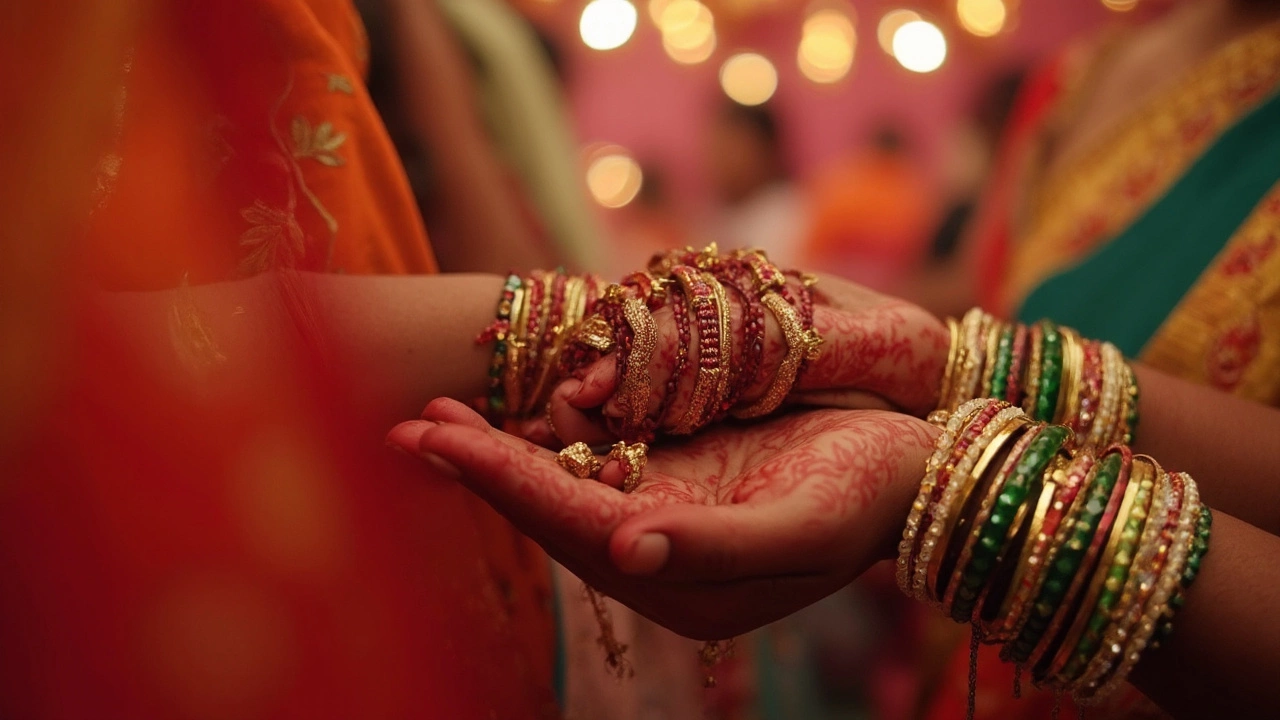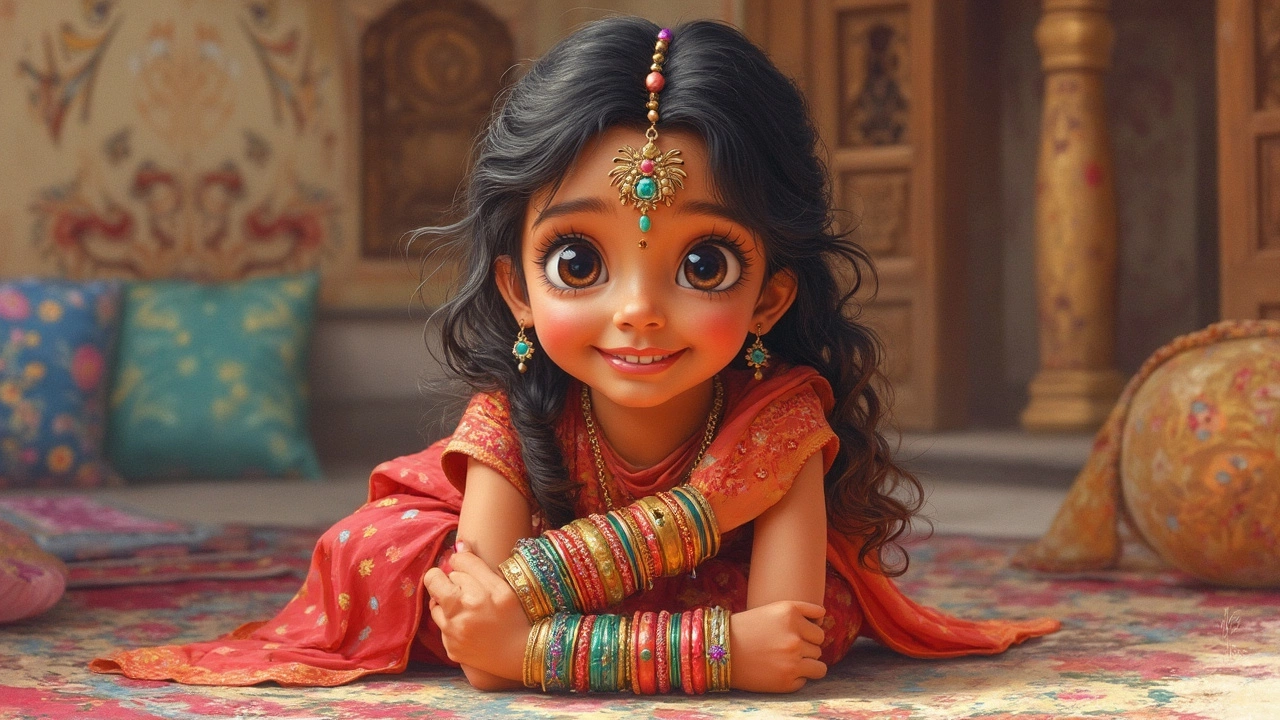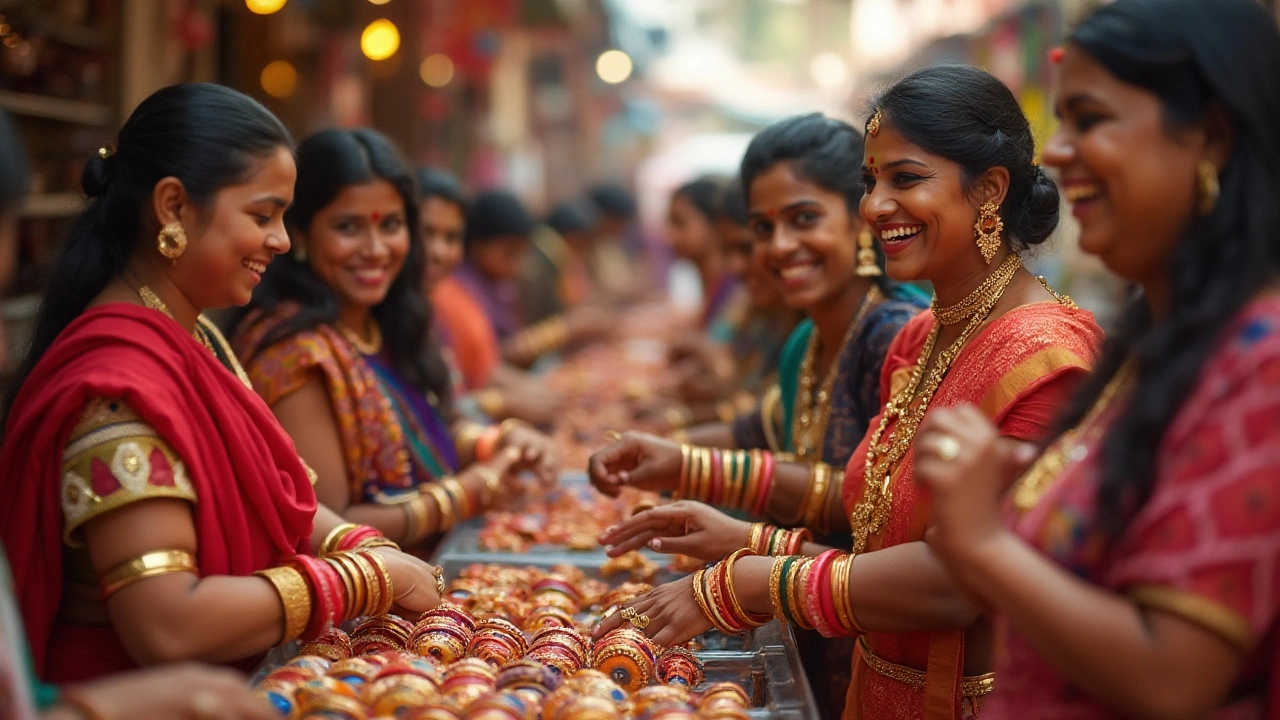Bangles: Tradition, Style, and Symbolism
When talking about Bangles, circular bracelets worn around the wrist, often in pairs, that have been a staple of Indian jewellery for centuries. Also known as Indian bracelets, they serve both decorative and cultural roles. Gold Bangles are prized for their shine and lasting value, while Wedding Bangles mark the transition into married life with specific designs and auspicious colors. The Bangle Symbolism ties together blessings, family bonds, and personal style, making each piece more than just an accessory. Bangles encompass a range of materials—from pure gold to affordable imitation—so you can choose based on budget and occasion. They require proper sizing for comfort, and gifting them often strengthens social ties.
Why Bangles Matter in Everyday Life
In daily wear, bangles act as a quick style statement. A set of thin gold bangles can elevate a simple kurta, while bold enamel or gemstone pieces add a pop of color to modern outfits. The rise of one‑gram gold bangles offers the look of solid gold at a fraction of the cost, echoing the trend of affordable luxury seen across Indian fashion. People also mix imitation bangles with real gold to create layered looks that stay on budget without sacrificing sparkle. Beyond fashion, gifting bangles follows a clear cultural script: they are often presented by mothers-in-law during the bride’s first ceremony, symbolizing acceptance and good wishes. This practice connects to broader jewellery customs like mangalsutra gifting, which we also cover in our other articles.
When you choose bangles, consider the occasion and the story you want to tell. Traditional festivals call for red and gold hues, while office wear may favor minimalist matte finishes. Designers now experiment with fusion styles—think leather‑wrapped gold bangles or recycled metal pieces—bridging heritage and sustainability. Our collection of posts dives into the details of gold purity, how to spot quality marks, and the best ways to care for both real and imitation bangles so they stay shiny for years.
All of this matters because understanding bangles helps you make smarter purchases, honor cultural rituals, and stay on trend. Below you’ll find articles that unpack everything from the symbolism behind gifting bangles to the latest design breakthroughs, giving you a complete toolbox for choosing, wearing, and appreciating these timeless pieces.





